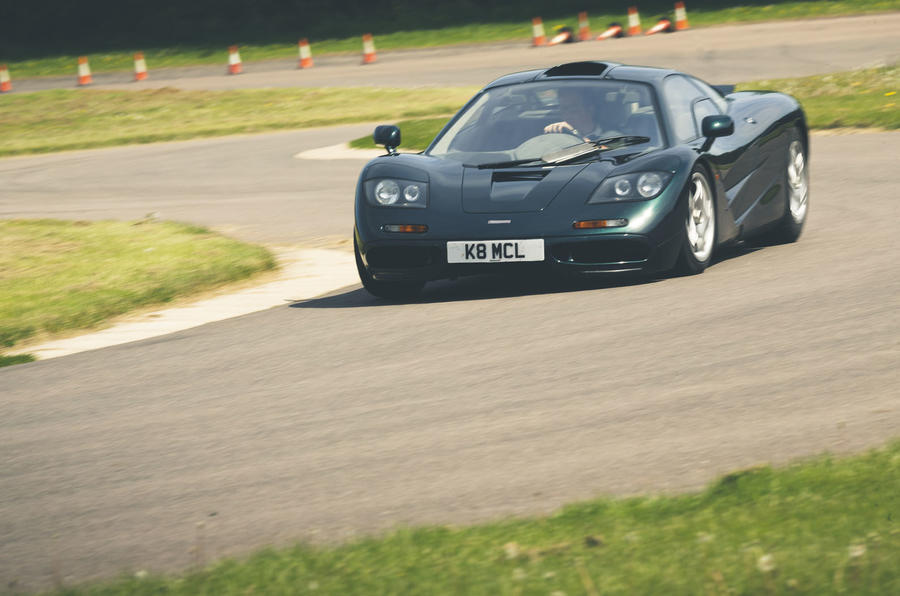Just how fast is a McLaren F1? In May 1994, an eager 14-year-old picked up a copy of Autocar that promised to reveal all. Inside, an in-depth road test – sorry, the only road test – of the F1 answered that question, and so much more.
The mind-boggling performance statistics stole the headlines, but it was the detail that captured your attention. It left you in no doubt that the McLaren F1 wasn’t merely a car: it was an engineering milestone, a work of art (the review was very good, too).
Twenty-five years later, a still-eager 39-year-old picked up a proof copy of the magazine version of an Autocar feature and quickly found himself lost in the majesty of the F1 – and Autocar’s incredibly talented writers – all over again.
That the F1 still excites after 25 years is a tribute to its creators – and a reminder that the car industry must continue to build machines that inspire. The vast majority of people who read our F1 review will never have driven one, so having Autocar's testers describe the experience helped them to understand the car's true majesty, and inspire a love of the wider car industry.
It's fitting that, as we mark 25 years of the McLaren F1, that it's designer, Gordon Murray, recently revealed plans to build a 'spiritual successor'. At the same time McLaren Automotive, the company that can trace its roots back to the F1, continues to produce an ever-widening range of hugely impressive machines. Aston Martin is further developing its brand with hyperscars such as the forthcoming Valkyrie. And that's just in Britain: the likes of Ferrari and Lamborghini have long been masters in producing such machines.
Do money-no-object supercars still have a place in this world? I'd argue they do, because they have an impact far beyond the hugely limited number of people who will ever drive then.
They're important because they impress, and inspire - and as cars face an increasing number of restrictions and regulations, we need the younger generation to continue being inspired by them.
With a few notable exceptions (such as Murray's T.50), future versions of groundbreaking supercars will be very different from the F1, of course – they are likely to be electric, rather than have a howling 6.1-litre V12 – but by pushing the boundaries, firms can inspire future generations of car enthusiasts (and editors).
Read more










Join the debate
Add your comment
Re the last paragraph, no, it
Re the last paragraph, no, it won't happen, and Gordon Murray knows this. Where is the sexy, poster on the wall, electic supercar? It hasn't happened, and it won't, becuase speed is nothing with drama. Seeing people pretending that Formula E is cool and exciting is excruciating.
500mph at 35000ft in an A320 is epically boring.
Autocar's road test of F1
I bought two copies of the 2 March 1994 issue of Autocar, which contained in a plastic wrapper a supplement on the F1. Still got them, one of them never opened.
I was lucky enough to blag my way into the McLaren 'factory' at the time and have two hours of GM's time with a personal tour of the plant and the car that had been built for all the publicity. What a generous man. My only disappointment was that there wasn't a road-going F1 around at the time to have a ride in.
Over the years I've picked up various pieces of memorabilia, eg Driving Ambition, and consider that the F1 has never really been equalled in concept. Even the new GMA hypercar will only really refine most of the ideas (fan-effect apart), rather than deliver something entirely novel like the F1.
GOAT? For me it always will be.
Re-evaluation.......
Yes indeed, Gordon Murray has probably inspired designers past and present to design groundbreaking cars, but few have had the capability of carrying two or three and some luggage in a comparatively small car, it’s almost Issigonis like, today’s and tomorrow’s cars will be faster, better in nearly every way, but the F1 is where it started.